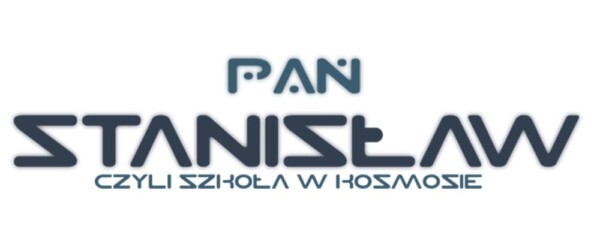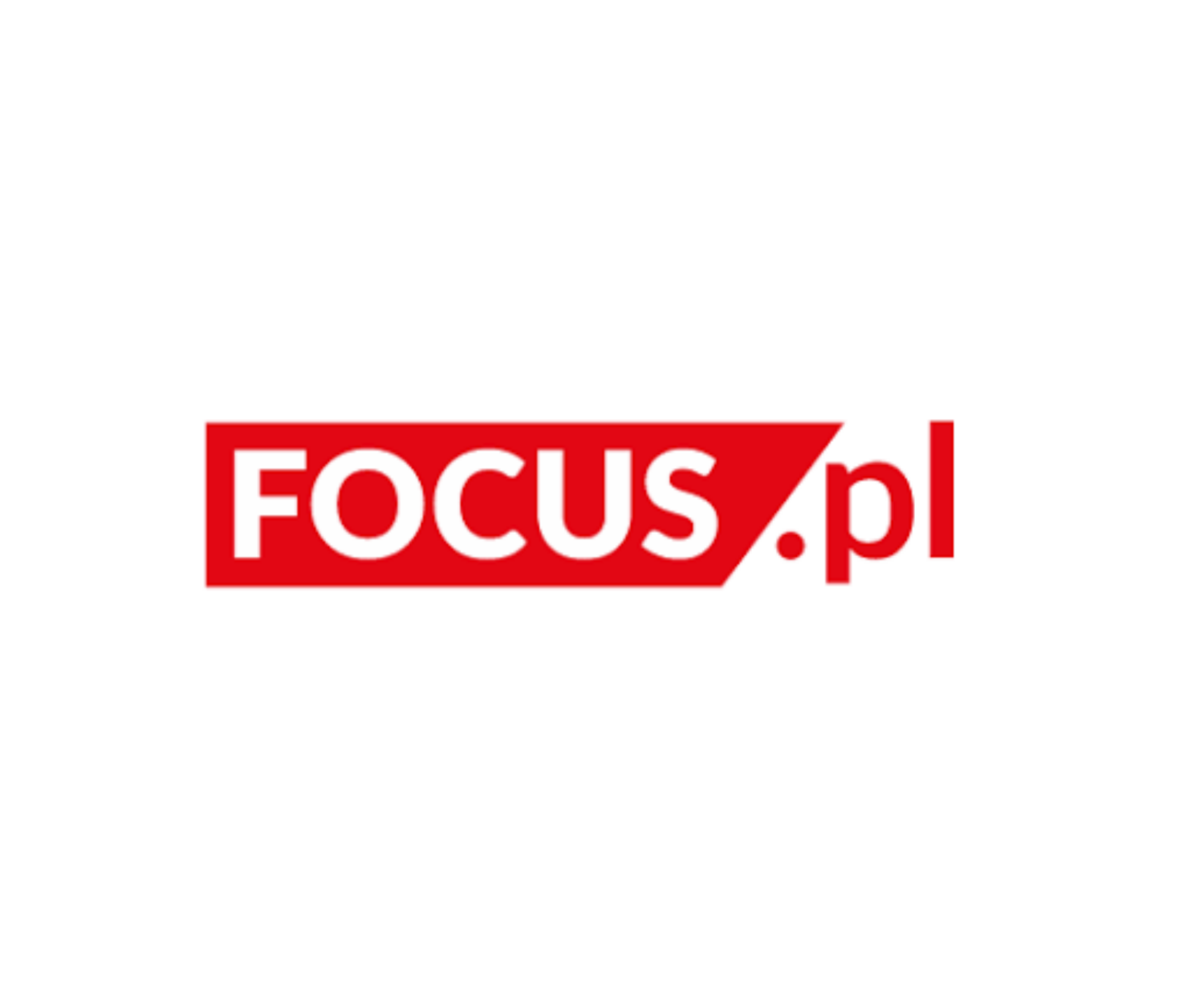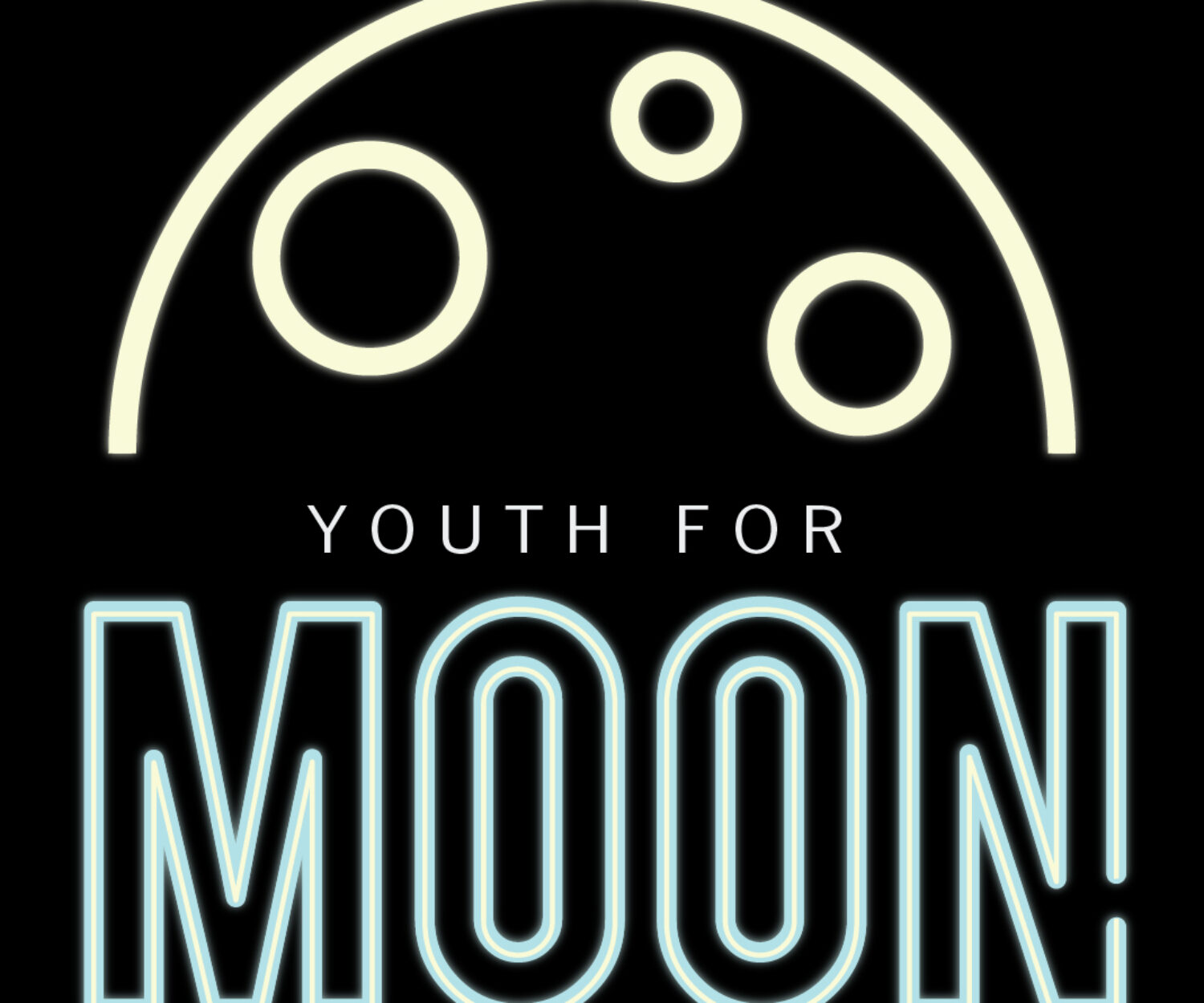Description of the project - first edition
Mr Stanisław - School in Space
Projekt popularno-naukowy „Pan Stanisław – szkoła w kosmosie” realizowany był w Gimnazjum nr 1 przez koordynatorkę 3LAB, podczas jej pracy w Lęborku przez trzy lata począwszy od września 2013 roku . Dlaczego Pan Stanisław? Bo nazwa LEM została już zarezerwowana dla pierwszego polskiego satelity wyniesionego na orbitę. W programie brali udział uczniowie, którzy we wrześniu 2013 roku znaleźli się w klasie pierwszej gimnazjum oraz naukowcy z Centrum Badań Kosmicznych. Projekt wspierany był technologicznie przez firmę Microsoft. Głównym założeniem projektu było skonstruowanie we współpracy z naukowcami z Centrum Badań Kosmicznych satelity i wyniesienie go w przestrzeń kosmiczną w celu analizy problemu usuwania śmieci z orbity. W ciągu trwania projektu realizowano szereg działań mających na celu przygotowanie uczniów do spotkań z naukowcami i współuczestniczenia w budowie satelity. Do najważniejszych przeprowadzonych działań należą;
- observing planets and stars using telescopes
- taking part in a NASA teleconference concerning the Cassini mission
- a visit to the Seismic Institute of Geophysics and the Polish Academy of Sciences
- a tour of the portable planetarium in Książ
- participation in a NASA competition
- participating twice in classes in a planetarium · creating a blog about the project: www.panstanislaw.edu.pl
- observation of the launch of the Polish satellite LEM
- participation in an online transmission with scientists from CBK (the Space Research Center) in Borowiec organised on the Eduscience platform
- online observation of the International Space Station (ISS)
- sending birthday wishes to celebrate the 15th birthday of the ISS
- participating twice in robot design and programming workshops
- Mr Stanisław - a space happening in the school's locker room
- a meeting in the Space Research Center about building a satellite
- an online meeting with a project sympathizer who had the opportunity of direct contact with Neil Armstrong - the first man on the moon
- receiving professional materials from NASA about space, forwarding it to the school community
- development of an application connected with experiments being the aim of the mission
- preparing reflectors, testing them, and sticking them on walls
- construction work in scientists-students teams in the Space Research Institute
- the analysis of materials from a telescope which takes pictures of Earth
- participation in the International Day of Human Space Flight
- the observation of starts and planets through telescopes, classes and lectures about space
- participation in classes about wave optics organised by University of Gdańsk's lecturers
- Glob at Night - a star hunt
- conducting classes expanding the knowledge in the topic of our project
- a flight in the simulator of the F-16 Fighter
- a trip to the Space Research Institute in Borowiec - a visit in the observatory, which consists of a laboratory of time and frequency, the laboratory of the Global Navigation Satellite, and a laser station
- building a satellite model
- checking the retro-reflectors and the tail ejector
- a trip to the Space Research Center in Warsaw
- performing microbiological tests using tardigrades
- balloon testing
- building of a satellite model
- constant contact with scientists participating in the project and multiple workshops
- visits in research institutes
- cooperation with the technology company Microsoft
- improving and keeping the project website up to date
The main aim of the project: finding a solution to the issue of the disposal of waste in space and promoting Polish education worldwide. Expanding the knowledge and competences of junior high school students so as so be able to build a satellite and its launch to orbit. The satellite will play the pioneering role in the attempts of the deorbitation system. An attempt to slow the satellite down using an uncomplicated tool - the tail. "Mr Stanisław" is a path-breaking project in the branch of "waste disposal," which is testing the method of disposing waste from the orbit.
Specific objectives:
- expanding students' knowledge and key abilities in the areas of wave optics, astronomy and popular-scientific knowledge about space
- implementing applications essential to the computer handling of the project with the help of Microsoft
- developing students' passion for conducting experiments: while building the satellite prototype, balloon tests to lift the satellite and tests with polarized prisms and polariser film
- giving students the opportunity, using Microsoft tools, to have direct contact with the science crew of the Space Research Center in the form of individual meetings and teleconferences
- participation in didactic-practical-research trips with the aim of constructing the satellite and the perusal of the specifics of lasers
- expanding student's knowledge about tardigrades (model microorganisms used in astrobiological research) and conducting the balloon experiment using them
- the analysis of the issue of waste in space
Description of the project - second edition
Od wrzesnia 2016 do grudnia 2019 roku czternastka uczniów Gimnazjum nr 1 w Lęborku (obecnie Szkoła Podstawowa w Lęborku) brała udział w II edycji szkolnego projektu popularyzującego wiedzę o Kosmosie “Pan Stanisław czyli szkoła w Kosmosie” autorstwa i koordynacji Anny Rzepy i Barbary Cieślak przy współpracy nauczycieli Gimnazjum nr 1, oraz naukowców, instytucji, fundacji, podmiotów prywatnych oraz przyjaciół młodzieży.
It is worth to notice that the project is a continuation of the first edition from 2013, which was carried out with students born in the year 2000. The project received multiple awards and was presented on national and international conferences.
Elementy projektu związane z popularyzacją wiedzy o kosmosie, namierzaniem satelity PW SAT 2 oraz misją w habitacie kosmicznym i oraz promocją tej misji w ESA realizowane były we współpracy z uczniami III LO w Gdyni. Dodatkowo uczniowie obydwu szkół mieli możliwość spotkania się na warsztatach z zespołem PW SAT 2 w Warszawie.
II edycja projektu ze względu na specyfikę, związaną z faktem, że został stworzony na potrzeby kręcenia filmu dokumentalnego “Nieletni inżynierowie” firmy Mediolia, została podzielony na dwie sekcje;
a) the popular - scientific, which includes:
- A simulation of the moon mission "Youth for the Moon” in the habitat Lunares. It was Europe's first Educational Space Mission, conducted by Dr Agata Kołodziejczyk (working in the European Space Agency during the experiment)
- Cooperation with Mrs Inna Uwarowa's team PW SAT 2, within the scope of which students could build an easy model of a sail, with the help of directions provided by scientists from the Warsaw University of Technology
- A stratospheric attempt in the Space Research Center in Borowiec and the testing of the sail model (responsible for it were: the Manager of the Space Research Center Mr Paweł Lejba, Maciej Jakimiec - the Copernicus Project Foundation, Grzegorz Daszykowski - PW SAT2)
- Budowa zaawansowanej infrastruktury oraz namierzanie radiowe satelity PW- SAT 2, po wysłaniu go na orbitę.
b) the featured, carried out for the needs of the documentary, which includes:
- HUET - a training course and an escape from a trainer of a drowning chopper https://www.youtube.com/watch?v=hHN1uQjHDjU
- Training on a life rift simulator https://www.youtube.com/watch?v=hHN1uQjHDjU
- Simulations on the captain's bridge
- Flying in a wind tunnel in the Freeflycentre in Leszno https://www.youtube.com/watch?v=n9KPpc9nD00
(The first three training sessions from the featured section were organized by Captain Mirosław Orzeszek from the Gdynia Maritime School)
All activities connected with the popular-science and the featured section were possible only due to one reason: young people had incredible luck when they came across all those people who shared their work with them and, most importantly, offered the students their free time.
Kind thanks to all above mentioned friends of the youth.
We thank Adrian Stawicki for the help in preparing graphics, branding materials and films.
Kind thanks also to Lucyna Racis, Iza Woszczyło, Iwa Arendt, Kasia Kurzydło and Wiesław Rutkiewicz for their help, support and high professional integrity.
Ania Rzepa i Basia Cieślak
Status: Completed
The first edition's team
- Anna Rzepa – w trakcie trwania projektu nauczycielka Gimnazjum nr 1 w Lęborku, od stycznia 2017 współpracująca z III LO w Gdyni, obecnie pracownia innowacji III Liceum Ogólnokształcące im. Marynarki Wojennej w Gdyni, Ambasador ESERO
- Barbara Cieślak - a teacher in Primary School no. 1 in Lębork
Project members:
- Gwiazda Jakub
- Halas Agata
- Jankowski Sebastian
- Kafarski Michał
- Kardas Ewa
- Kos Jakub
- Koszałka Paweł
- Krefft Kordian
- Łukaszewicz Michał
- Malek Radosław
- Nastaj Radosław
- Pawelczyk Jakub
- Pierkarski Jakub
- Pobrucki Michał
- Sawoniuk Przemysław
- Schulz Błażej
- Stolarczyk Marcin
- Walkusz Jakub
- Walkusz Jonatan
- Wardyn Aleksander
- Warmbier Karol
- Węgrzynek Jakub
- Zaręba Paweł
- Zieliński Krzysztof
- Drewczyński Aleksander
The second edition's team
- Anna Rzepa – w trakcie trwania projektu nauczycielka Gimnazjum nr 1 w Lęborku, od 2017 w III LO w Gdyni, obecnie pracownia innowacji III Liceum
an Ambassador of ESERO - Barbara Cieślak - a teacher in Primary School no. 1 in Lębork
Film: "Underage Engineers" Mediola (Aleksandra and Mirosław Skowron)
Project members:
- Agata Steciuk
- Amelia Mielewczyk
- Kacper Dąbrowa
- Filip Erni
- Dobrosław Knut
- Klaudia Majewska
- Emiliya Negrya
- Milena Nema
- Szymon Malek
- Piotr Tasior
- Kinga Kuczwalska
- Alicja Gajda
- Agnieszka Miks
Osoby Wspierające i Eksperci edycja I
Contributors:
- Maciej Barański – administration of Junior High School no. 1
- Andrzej Płocharski - physics teacher at Junior High School no.1 in Lębork
- Adrian Stawicki – Junior High School no. 1 in Lębork graduate
- Ignacy Rejmak - physics teacher at Junior High School no. 1 in Lębork
- Izabella Woszczyło - mathematics teacher at Junior High School no. 1 in Lębork
- Lucyna Racis - geography teacher at Junior High School no. 1 in Lębork
- Iwa Arendt - biology teacher at Junior High School no. 1 in Lębork
- Katarzyna Kurzydło - german teacher at Junior High School no. 1 in Lębork
Eksperci:
- Tomasz Zawistowski - throughout the course of the project the manager of the program Brite.pl, an employee of the Space Research Center in Warsaw
currently a member of Creotech - Dr Paweł Lejba - Director of the Space Research Center in Borowiec
- Maciej Jakimiec - Chairman of the Copernicus Project Foundation
- Inna Uwarowa - Coordinator of the PW SAT 2 project
- Dr Adam Nawrot - forScience Foundation
- Dr Krzysztof Zawierucha - Adam Mickiewicz University in Poznań
- Tomasz Kozar – Microsoft
- Dr Agata Kołodziejczyk - Jagiellonian University in Kraków
- Sylwia Frączkowska – Microsoft
Osoby Wspierające i Eksperci edycja II
Contributors:
- Grażyna Ruszkowska - administration of Junior High School no. 1
- Ewa Magott - administration of Social Bilingual Junior High School
- Adrian Stawick - Junior High School no. 1 in Lębork graduate
- Ignacy Rejmak - physics teacher at Junior High School no. 1 in Lębork
- Izabella Woszczyło - mathematics teacher at Junior High School no. 1 in Lębork
- Lucyna Racis - geography teacher at Junior High School no. 1 in Lębork
- Iwa Arendt - biology teacher at Junior High School no. 1 in Lębork
- Katarzyna Kurzydło - german teacher at Junior High School no. 1 in Lębork
Eksperci:
- Tomasz Zawistowski - throughout the course of the project the manager of the program Brite.pl, an employee of the Space Research Center in Warsaw
currently a member of Creotech - Dr Paweł Lejba - Director of the Space Research Center in Borowiec
- Maciej Jakimiec - Chairman of the Copernicus Project Foundation
- Inna Uwarowa - Coordinator of the PW SAT 2 project
- Grzegorz Daszykowski - PW SAT 2/ cooperation with students, recruited
by Mr Skowron/ - Michał Gumiela - PW SAT 2/ radio-determining the location of the satellite/
- Matt Harasymczuk - throughout the course of the project and employee of the European Space Agency, currently the head of astronaut training
at the Analog Astronaut Training Center - Dr Agata Kołodziejczyk - Author and Coordinator of the mission "Youth for the Moon"
throughout the course of the project an employee of the European Space Agency, currently the Director for scientific issues Analog Astronaut
Training Center - Master Mariner Alfred Naskręt - Director of the Gdynia Maritime School
- Lieutenant Mirosław Orzeszek - diving instructor, research employee of Gdynia Maritime School
- Analog Astronaut - Coordinator of “Per radio ad Astra”
- Maritime Communication Club SZKUNER
Nagrody i wyróżnienia podczas trwania projektu
| 1. | The laureate of national competition "Projekt z klasą" - | Nowa Era / team |
| 2. | The winner of national space engineering competition " Cansat w systemie canduino” | the Space Research Center in Warsaw
Nicolaus Copernicus Astronomical Center |
| 3. | Third place as a team in " Cansat w systemie canduino” | the Space Research Center inWarsaw
Nicolaus Copernicus Astronomical Center |
| 4. | Third place in a competition for the creation of an app with the use of mathematical operations from the cloud in space systems - „ Near Space” | Microsoft – Adrian Stawicki |
| 5. | Honorable mention (the 5th place)
- an interactive IT product - advertising and branding of the project |
Maritime Academy Szczecin Adrian Stawicki |
| 6. | Honorable mention in the engagement category in the creation of space educational projects | The Marshal of the Lesser Poland Voivodship - Jacek Krupa - Anna Rzepa |
| 7. | Tribute and thanks from the Marshal of the Pomeranian Voivodship Mr Mirosław Struk for the engagement in education popularizing knowledge about space | The Marshal of the Pomeranian Voivodship Mr Mirosław Struk
Mayor of the City of Lębork - W. Namyśak Deputyof the City Mayor Mrs Alicja Zajaczkowska– Anna Rzepa/ Barbara Cieślak |
| 8. | International Laureate - awarded the international title Expert Educators Microsoft in the USA | Microsoft – ( joining the group of world's 800 most innovative teachers)
Anna Rzepa/Barbara Cieślak |
| 9. | Thanks for aiding in the project "Subjective Time Perception in Extreme Environments” | European Space Agency
Anna Rzepa/ Barbara Cieślak |
| 10 . | Thanks for organizing and participating in Europe's first educational mission "Youth for Moon"organized in collaboration with the European Space Agency | ESA/ Space Garden
Anna Rzepa/ Barbara Cieslak |
| 11. | Winner of the application competition for the title of "ESERO" Ambassador - a project which popularizes space, European Space Agency | ESA/ Copernicus Science Centre/ Anna Rzepa |
| 12. | Participation in the advisory committee ESERO | Anna Rzepa |




